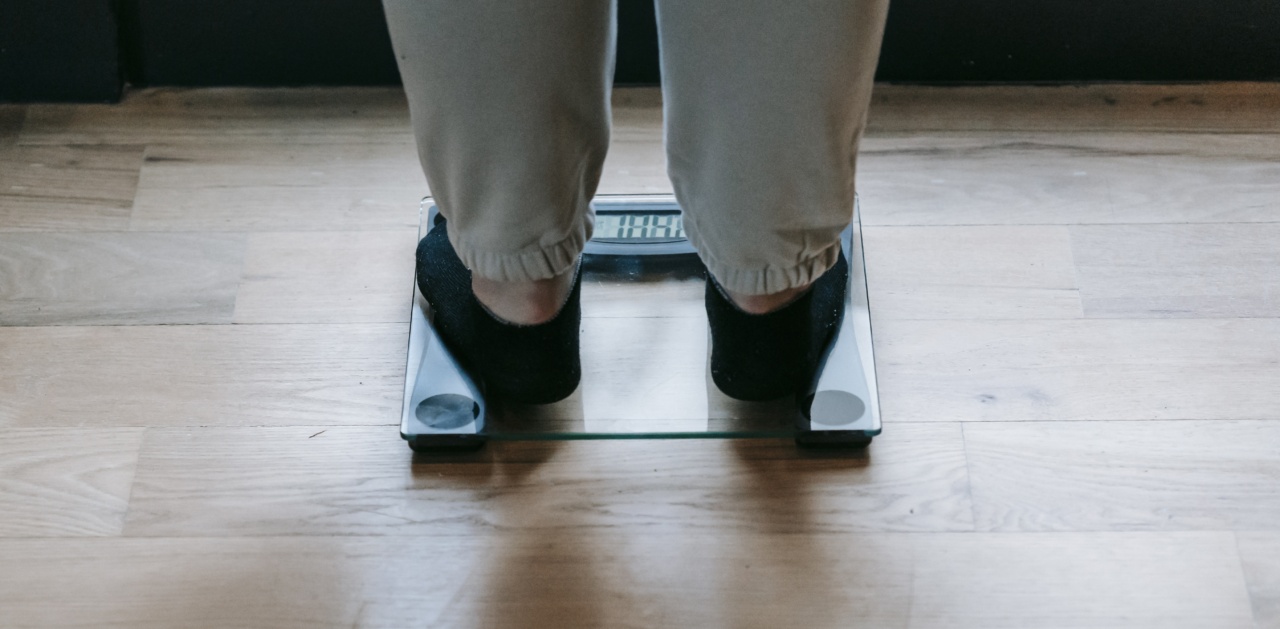Diabetes and foot health are two highly interrelated subjects, as diabetes can lead to foot problems and vice versa.
In fact, according to the American Diabetes Association, about 15% of people with diabetes will experience a foot ulcer at some point in their lives. Moreover, diabetes is the leading cause of non-traumatic amputations in the United States. This makes it crucial for people with diabetes to take good care of their feet and for healthcare providers to educate their diabetic patients about foot health.
What is Diabetes?
Diabetes is a chronic condition that affects how the body processes blood sugar (glucose). Blood sugar is the primary source of energy for the body’s cells.
Insulin, a hormone produced by the pancreas, helps move glucose from the blood into the cells. However, when the body cannot produce insulin or use it effectively, glucose builds up in the blood, leading to high blood sugar levels.
Why Diabetes Affects Foot Health?
Diabetes can lead to foot problems in several ways:.
- Neuropathy: People with diabetes are more likely to develop nerve damage (neuropathy), which can cause tingling, numbness, or burning sensations in the feet. Neuropathy can also reduce one’s ability to feel pain, temperature changes, or pressure, making it challenging to detect foot injuries.
- Circulatory Issues: High blood sugar levels can damage blood vessels and raise the risk of peripheral artery disease (PAD), a condition that reduces blood flow to the feet. Poor blood circulation can cause wounds or infections to heal slowly or not at all, increasing the risk of foot ulcers and amputations.
- Fungal Infections: Diabetes can make the skin on the feet more susceptible to fungal infections, such as athlete’s foot or toenail fungus. Fungal infections can lead to skin breakdown and, if left untreated, cause ulcers or infections.
- Dry Skin: Diabetes can cause dry skin on the feet, leading to cracking or peeling, which can provide entry points for bacteria or fungi.
- Bunions: Diabetes can exacerbate bunions, a bony bump that forms at the base of the big toe. Bunions can cause pain, swelling, or calluses and can make it difficult to find comfortable shoes.
How to Prevent Foot Problems if You Have Diabetes?
People with diabetes can prevent or reduce foot problems by following these tips:.
- Keep Your Blood Sugar Under Control: The first line of defense against diabetes complications, including foot problems, is to manage your blood sugar levels consistently. Follow your healthcare provider’s advice regarding medication, diet, exercise, and self-monitoring.
- Care for Your Feet Daily: Regular foot hygiene can help prevent fungal infections, dry skin, or other problems. Wash your feet daily with warm water and mild soap, pat dry your skin, and avoid soaking your feet for too long. Apply moisturizing lotion to keep your skin soft but avoid applying it between your toes. Trim your toenails straight across and use an emery board to file the edges.
- Check Your Feet Regularly: Inspect your feet daily for any abnormalities, such as blisters, redness, swelling, cuts, or scratches. Use a mirror to check the soles of your feet or ask someone else to help you if you cannot see them. If you notice any issues, report them to your healthcare provider immediately.
- Wear Proper Footwear: Choose shoes that fit well, provide support, and have enough room for your toes. Avoid tight, high-heeled, or pointed shoes. Consider wearing socks made of breathable, moisture-wicking materials and change them daily. Do not walk barefoot, even indoors, as it can increase the risk of injuries or infections.
- Avoid Smoking and Excessive Alcohol: Smoking and excessive alcohol consumption can damage blood vessels and reduce blood flow, exacerbating foot problems and delaying healing. Quit smoking and drink alcohol moderately, or as advised by your healthcare provider.
When to See a Healthcare Provider?
You should contact your healthcare provider or podiatrist if you experience any of the following:.
- Persistent pain, swelling, or redness in your feet.
- A sudden change in the color or temperature of your feet or toes.
- A foul odor or discharge from a sore or wound.
- A cut, blister, or sore that does not heal within a few days.
- A fungal infection that gets worse or spreads.
- Tingling, numbness, or burning sensations in your feet or legs.
- Changes in the shape or structure of your feet that cause discomfort or difficulty walking.
Conclusion
Diabetes and foot health are a looming crisis, as more and more people are diagnosed with diabetes and require proper foot care to avoid complications.
The good news is that most foot problems can be prevented or managed by adopting healthy habits and seeking timely medical attention. If you have diabetes, make foot care a priority, and talk to your healthcare provider if you have any concerns.






























